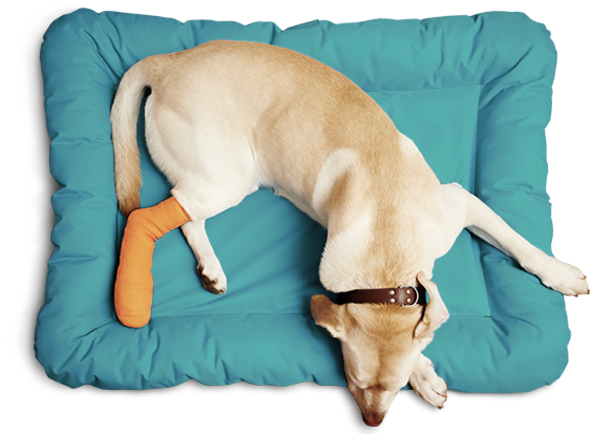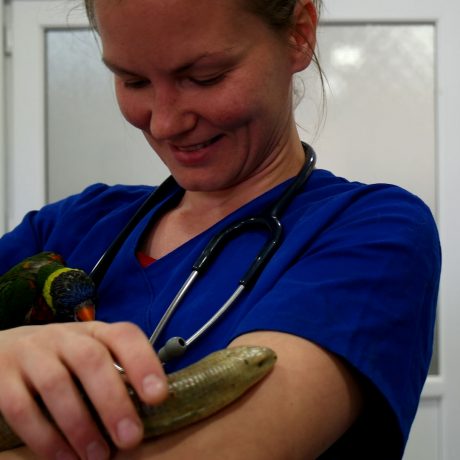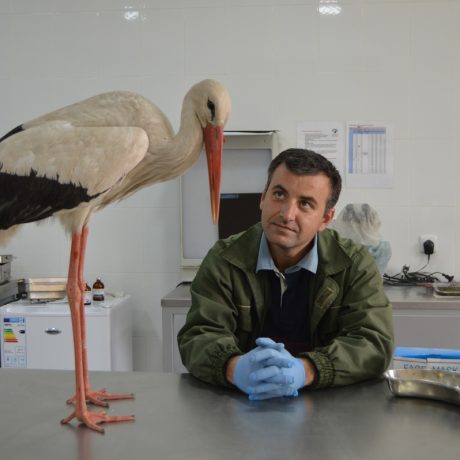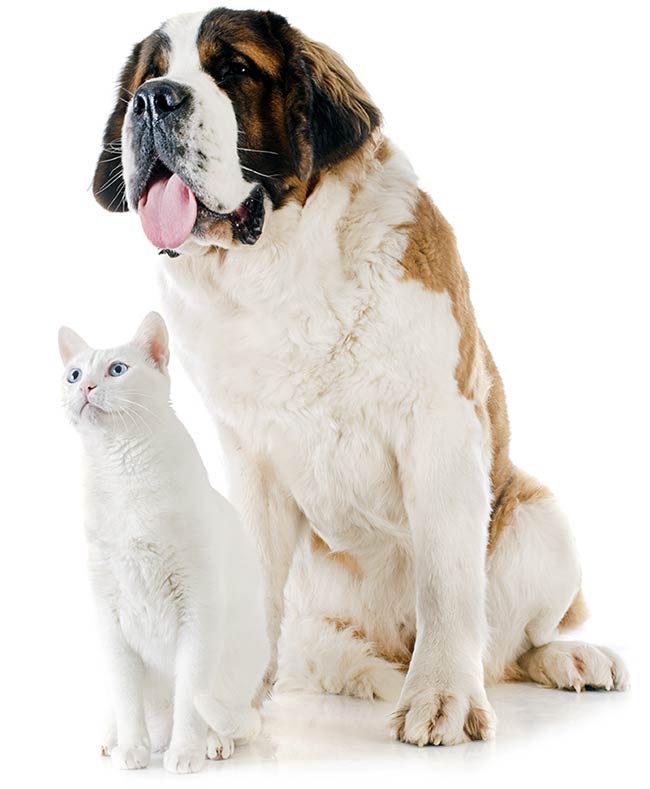Kinder and more humane because it eliminates the need for tough restraint, especially when extractions and removing the plaque under the gumline can be painful.
Without it it is not possible to do a thorough cleaning of all teeth, including under the gumline.
Allows the vet to check if periodontal pockets are eroded. Intervention can begin at a much earlier stage with proper diagnosis.
Identifying Peridontal Disease in Dogs (left) and Cats (right)
Stage 1 – Gingivitis
Margin of attached gingival (gum) is inflamed and swollen.
Plaque covering teeth.
Treatment can reverse condition.
Stage 2 – Early Peridontitis
Entire attached gum is inflamed and swollen.
Mouth is painful and odour begins to be noticeable.
Professional treatment and home dental care can prevent this from becoming irreversible.
Stage 3 – Moderate Peridontitis
Cherry red and bleeding attached gum is being destroyed by infection and calculus (tartar).
Sore mouth affects eating and behaviour.
Bad breath is present.
Beginning of peridontal disease.
May be irreversible.
Stage 4 – Advanced Peridontitis
Bacterial infection is destroying the gum, tooth and bone.
Bacteria may be spreading throughout the entire body via the bloodstream and may damage the kidneys, liver and heart.














